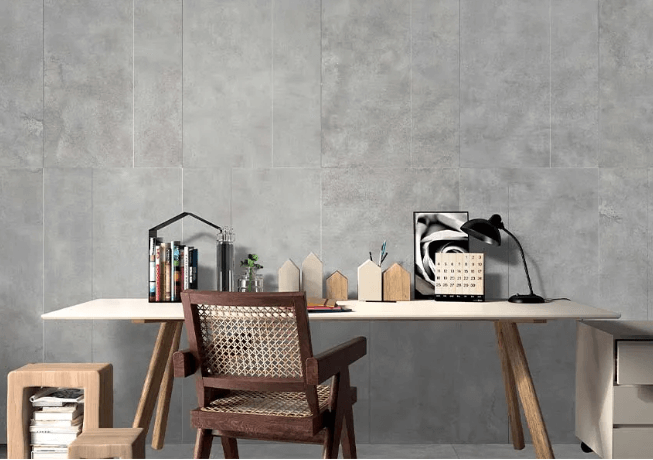
Choosing the right tile size is a crucial step in any home improvement project, whether you're renovating a bathroom, kitchen, or any other area.
The size of your tiles can greatly influence the overall aesthetics and functionality of the space.
To ensure you get it right, it's essential to understand how to calculate the ideal tile size for your project. In this article, we'll guide you through the process, step by step.
The first and most crucial step in calculating the right tile size is to measure the space where you plan to install the tiles. Use a tape measure to determine both the length and width of the area. Be as accurate as possible, as even a small measurement error can lead to issues later in the project.
Grout lines are the spaces between tiles filled with a mixture of cement, sand, and water. They play a vital role in tile installations, not only for aesthetics but also for structural integrity.
When calculating tile size, take into account the size of the grout lines you plan to use. Typically, a 1/16-inch to 1/8-inch grout line is standard, but it can vary based on your design preferences.

Next, decide on the tile layout pattern you want to use. Popular options include running bond (staggered), straight lay, herringbone, and diagonal patterns.
The layout you choose can influence the tile size, as some patterns require larger or smaller tiles for a balanced and visually appealing result.
Once you have your measurements and grout line size in mind, it's time to do some simple math. Divide the length and width of the space by the desired tile size, including the grout lines.
For example, if your space is 120 inches long and 60 inches wide, and you want to use 12-inch tiles with 1/8-inch grout lines, you would do the following calculations:
Length: 120 inches / (12 inches + 1/8 inch) = 10.06 (round up to 11 tiles) Width: 60 inches / (12 inches + 1/8 inch) = 5.03 (round up to 6 tiles)
This calculation gives you an estimate of how many tiles you'll need in both the length and width of the space.
In most cases, you will need to make tile cuts to fit the edges and corners of the space properly. To account for tile cuts, add a few extra tiles to your total count. The number of additional tiles will depend on the complexity of your layout and the number of cuts required.

Beyond the technical aspects, it's crucial to consider the visual appeal of the tile size.
Larger tiles can make a space look more open and expansive, while smaller tiles can create a mosaic-like effect.
Keep the overall style and aesthetics of your project in mind when making your final decision.
Calculating the right tile size for your project is a critical step in achieving a successful and visually pleasing result.
By measuring your space accurately, considering grout lines, selecting an appropriate tile layout, and doing the necessary math, you can confidently choose the perfect tile size for your needs.
Remember that each project is unique, so take your time and consult with professionals if needed to ensure a successful tile installation that enhances the beauty and functionality of your space.